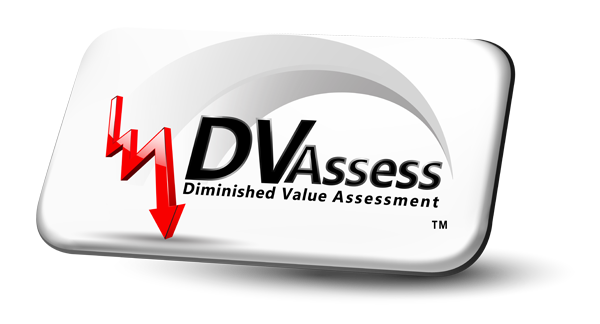Understanding the Timeline for Filing a Diminished Value Claim: A Detailed Guide

When you’re involved in a vehicle accident, understanding the process and timeline for filing a diminished value claim is crucial. Diminished value refers to the reduction in a car’s market value after an accident, even after repairs are made. Navigating the intricacies of insurance policies, the legal aspects of diminished value, and timelines can be challenging.
This article aims to provide clear guidance on the statutes of limitations for these claims, the role of insurance policies, the importance of timely action, and how to effectively manage the entire process. With the right knowledge and approach, you can confidently handle your diminished value claim, ensuring you don’t miss critical deadlines and maximize your chances of a favorable outcome.
Understanding the Statute of Limitations
The statute of limitations is a critical factor in filing diminished value claims. This legal term refers to the maximum time after an event within which legal proceedings may be initiated. For diminished value claims, this time frame varies significantly from state to state in the U.S. Knowing the specific deadline for your state is crucial.
In some states, the statute of limitations can be as short as two years, while in others, it may extend up to five years. These time frames are strictly adhered to, and missing these deadlines usually means forfeiting your right to claim. It’s advisable to consult a legal expert or conduct thorough research to determine the specific period applicable in your state.
It’s also important to note that the clock starts ticking from the date of the accident. This means you need to be proactive in assessing your car’s damage, getting it repaired, and starting the claim process. Delaying these steps can put you at risk of missing the window for filing a claim.
Role of Insurance Policies
Insurance policies play a significant role in determining the time frame for filing a diminished value claim. Different insurers have their guidelines and deadlines, which can sometimes be different from the state’s statute of limitations. Familiarizing yourself with your policy’s specific terms is imperative.
Most insurance companies require notification of an intent to file a claim within a relatively short period after the accident. This is different from the actual filing of the claim but is an essential step in the process. Failing to notify your insurer within this period can lead to challenges in getting your claim accepted later on.
When reviewing your insurance policy, pay attention to the fine print regarding diminished value claims. Some policies may have specific clauses or exclusions related to these claims. Understanding these details will help you to navigate the process more effectively and avoid any surprises along the way.
Importance of Timely Action
Timely action cannot be overstated when it comes to filing diminished value claims. The process involves several steps, including getting a professional appraisal, gathering necessary documentation, and negotiating with insurance companies. Starting early gives you ample time to compile a strong case.
Procrastination or delays can lead to rushed decisions, incomplete documentation, and ultimately, a weaker claim. It’s in your best interest to start the process as soon as possible after the accident. This approach not only aligns with legal and policy requirements but also ensures that you have enough time to address any unforeseen challenges.
Remember, the goal is not just to file the claim but to file it effectively. This means having all your ducks in a row – from detailed repair records to an accurate appraisal of the car’s post-accident value. Time is a resource in this process, and utilizing it wisely can make a significant difference in the outcome of your claim.
Navigating the Timeline
Successfully navigating the timeline for a diminished value claim requires awareness, preparation, and prompt action. Understanding the nuances of the statute of limitations, the specifics of your insurance policy, and the importance of timely action are key components of this process. By adhering to these guidelines, you can optimize your chances of a favorable outcome.
In addition, staying organized and methodical throughout the process is vital. Keeping a detailed log of all communications, dates, and steps taken can be invaluable, especially if you encounter disputes or delays. This level of organization not only helps you keep track of your progress but also provides a comprehensive record that can be useful in negotiations or legal proceedings.
Remember, each case is unique, and while this guide provides a general framework, your situation might have specific considerations. Consulting with insurance professionals or legal experts can provide additional clarity and guidance tailored to your circumstances. Armed with the right knowledge and a proactive approach, you can effectively manage the timeline for your diminished value claim.




